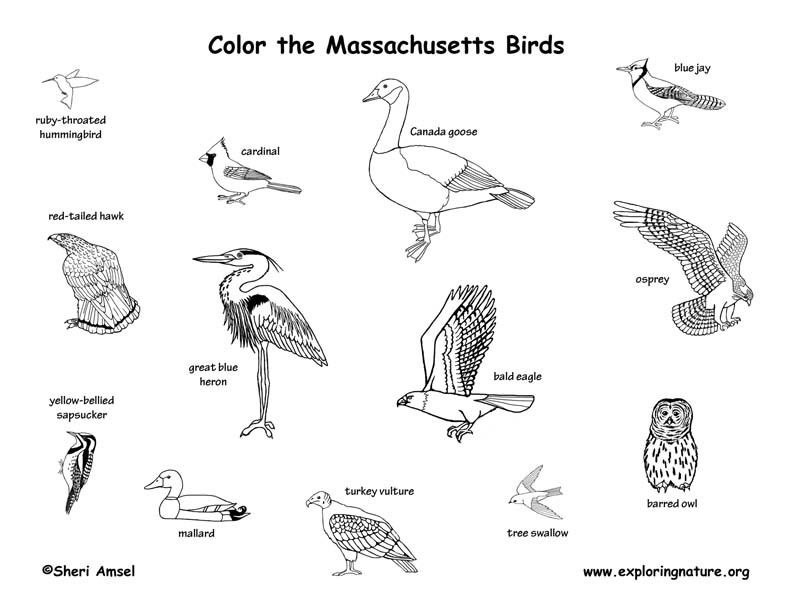

Massachusetts is a rich and diverse state with forest, wetlands, salt marshes, estuaries and other coastal habitats. It has 4,230 miles of rivers - the largest is the Connecticut River which flows from north to south and 1,100 lakes and ponds.
Forests
There are 3.2 million acres of privately owned forestlands in Massachusetts and 285,000 acres of state forests and parks. Though much of the forest was cleared for agriculture with early colonization, the forests have recovered and now cover more than half (about 67%) of the state. They are primarily temperate deciduous forests and include the following forest types: Spruce-Fir-Northern Hardwood forests are found at high elevations like in northern Berkshires. Pitch Pine-Oak forests are found in sandy soils like on Cape Cod and the islands. Eastern Massachusetts has mostly Central Hardwoods-Hemlock-White Pine forests, while interspersed throughout the state are Rich Mesic Forests of large hardwood trees like sugar maple, white ash, basswood, yellow birch, beech, and red oak with canopies 60 feet high or more. Wetter areas have trees that can tolerate "wet feet." Red maple swamps occur throughout Massachusetts forests. Along rivers, streams and floodplains there are trees like elms, willows, silver maples, sycamores, green ash, box elder, cottonwood, and black gums. White Cedar Swamps are found in southern and southeastern Massachusetts and along with cedar, have red maple, hemlock, white pine yellow birch and dense shrub layers with swamp azalea, highbush blueberry, and pepperbush.
Coastline
The Massachusetts coastline was shaped in the last Ice Age with rocky bays and cliffs, sandy beaches, dunes and offshore rocky islands. Cape Cod is one of the most spectacular glacial remnants extending out into the Atlantic Ocean.
Salt Marshes play an important role in the health of the Massachusetts coastline - both land and ocean. They buffer the coast from storm surge waters that can cause damaging flooding on land. They also filter pollutants coming from land surface runoff before it can reach the ocean. They are also important habitat for many animals and plants acting as fish nurseries, nesting and feeding habitat for birds, etc.
Mountains
The Appalachian Mountains run through the state and include the Berkshire Hills and Taconic Mountain Ranges.
Land Mammals
Coastal Mammals:
Amphibian
When you research information you must cite the reference. Citing for websites is different from citing from books, magazines and periodicals. The style of citing shown here is from the MLA Style Citations (Modern Language Association).
When citing a WEBSITE the general format is as follows.
Author Last Name, First Name(s). "Title: Subtitle of Part of Web Page, if appropriate." Title: Subtitle: Section of Page if appropriate. Sponsoring/Publishing Agency, If Given. Additional significant descriptive information. Date of Electronic Publication or other Date, such as Last Updated. Day Month Year of access < URL >.
Amsel, Sheri. "Massachusetts Habitats, Mammals, Birds, Amphibians, Reptiles" Exploring Nature Educational Resource ©2005-2024. December 13, 2024
< http://www.exploringnature.org/db/view/Massachusetts-Habitats-Mammals-Birds-Amphibians-Reptiles >








